We probably don’t think about it much, yet our tires are the only part of our vehicles that normally touch the road. Without inflated tires you’re not going too far. This is a vulnerability of which we need to be aware.
We published an article on 10 February 2021 called, “Ryobi Air: Back on the Road Fast.” In it, we related how a flat tire caused issues and led to our developing an Emergency Tire Repair Kit and adding it to our Loadout Level 3B (Vehicle Survival) in our SUV. The Kit is pictured below. We’ve setup a smaller one for use with my KTM motorcycle.
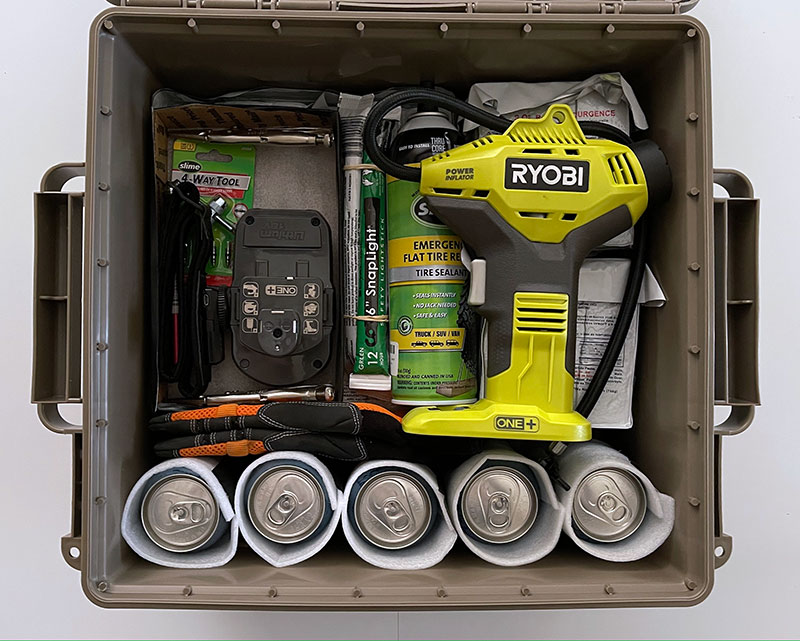
As noted in that article, these kits should help us get back on the road fast. Even without a spare tire we should be up and running within a few minutes. Our experience has shown how critical this can be during a security emergency or in an area experiencing widespread unrest. It can actually mean the difference between making it out of a conflict zone and getting caught within one.
A month or so after publishing this article my wife was preparing for a trip using our SUV. She would be travelling alone to a rural area about 200 miles away, and thus would be driving a total of some 500 miles. With this in mind I went over our 2003 Honda Pilot carefully to ensure that it was in good shape. This has been an excellent vehicle for us. We’ve had it for almost 19 years now, and it’s been safe and dependable. It even did well sitting for years during one of our several long-term periods residing overseas.
While checking over the Pilot carefully, I realized that it had been some time since I checked the air pressure in our spare tire. Like many vehicles, this is a “donut” spare tucked up under the rear of the vehicle. To access it, one has to open the cover shown below, and use a 19mm socket (included in the OEM toolkit) to slowly lower the tire down from its position.
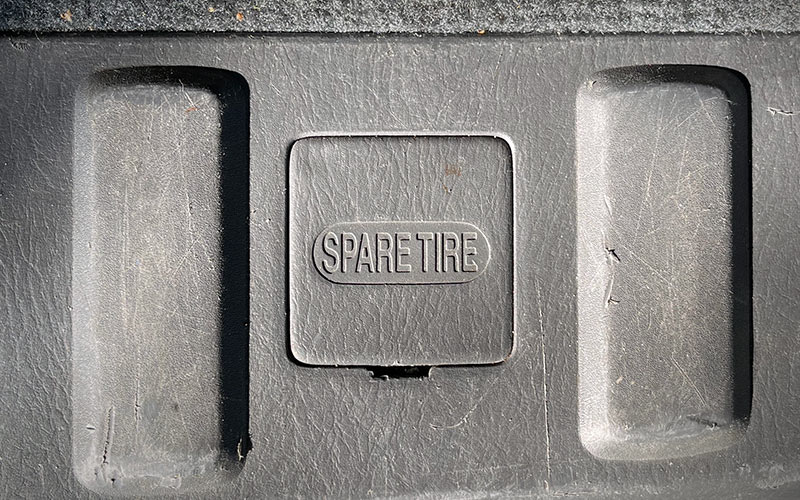
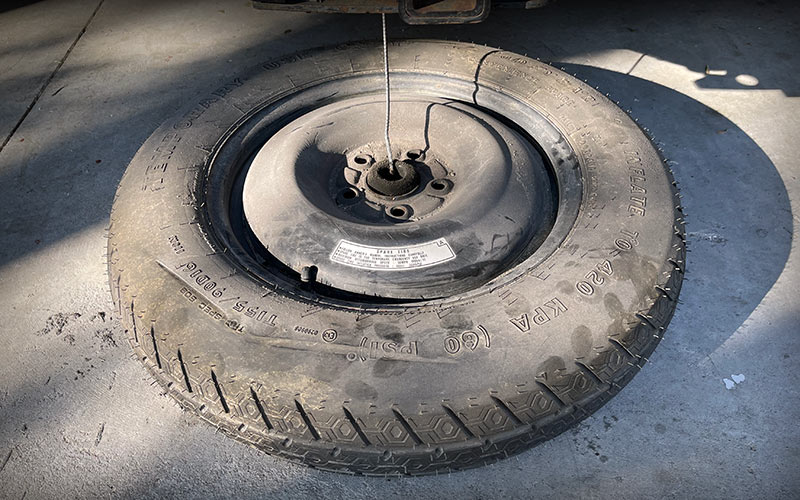
Since it’s out-of-sight, I often forget or neglect to check its air pressure, even when I’m doing so for the other tires. When I finally did check it before my wife’s trip, I was shocked to find that it only had 15 pounds of pressure when it’s supposed to be inflated to 60 psi. Somewhat disappointed in myself for neglecting this routine maintenance task for so long, I grabbed the Ryobi Inflator and brought the spare to its proper inflation level.
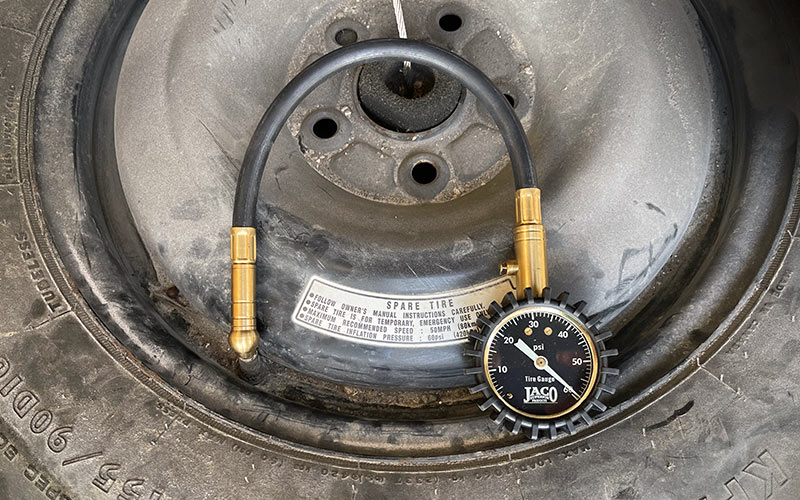
As I cranked on the 19mm bolt to bring the spare back into its position under the rear of the Pilot, I wondered how many other people have made the same mistake of not checking the air pressure in their spare tire. You might be thinking, “But wait, you have an Emergency Tire Repair Kit in the Pilot, and thus may have no need for a spare.” Yes, the purpose of the Kit is to get us back on the road without having to change the tire. In addition, having the Ryobi Inflator as part of the Kit would allow us to inflate the spare on the road if necessary. And yet…
Experience, especially overseas experience in challenging areas, has taught us the necessity for redundancy. Having only one or even two options is not a wise plan. During the frantic pace usually present during a security emergency, things have a way of going wrong. Having more than a few options to overcome challenges is critical.
For example, the acronym PACE is often used to remind us that four levels of communication are better than one. This stands for Primary, Alternate, Contingency, and Emergency. Numerous recent incidents overseas have demonstrated the wisdom of this approach. For example, the Internet and mobile services are regularly shut down by the military in Myanmar as unrest continues. Those who depend on mobile phones and email alone are often unable to communicate with the outside world. Those with satellite communications options and who have previously set up wireless mesh networks are able to communicate.
The same is true for getting back on the road if a tire fails or is shot out. Depending on an Emergency Tire Repair Kit alone is unwise. Having a spare, preferably a full-size one, provides a second option. When serving in non-permissive areas, conflict zones, or austere environments, having more than one full-size spare provides even more redundancy. Going to the expense of using run-flat tires is also a good option in such settings.
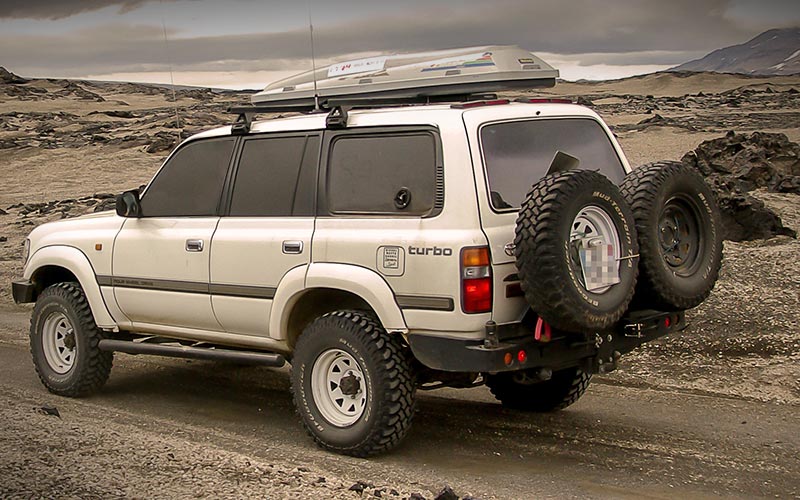
With regard to tires, it’s not always possible to have three back-up levels as is the case with a PACE communications plan. Sometimes it’s not even possible to have a spare tire, as is the case with those for us who use a motorcycle as a normal means of transportation. The point is, part of being well prepared involves knowing your options and your vulnerabilities, and doing what you can to plan before a crisis takes place.
Properly inflating the spare tire in our vehicles is an easy thing to do. Forgetting to do so is also easy. With this in mind, it never hurts to be reminded to care for your spare. Let us know in the Comment section below if you’ve ever had a flat tire and found that your spare was underinflated. Also let us know if you’ve come up with good options to help ensure that this is not the case.

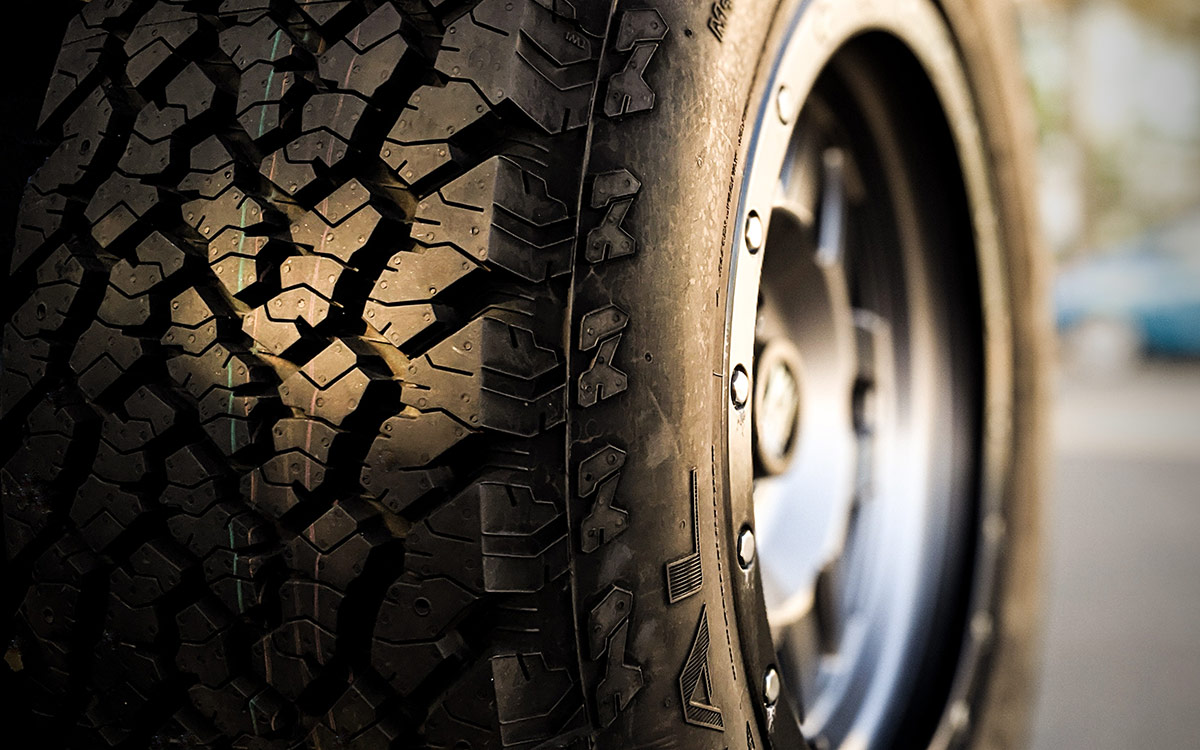


0 Comments